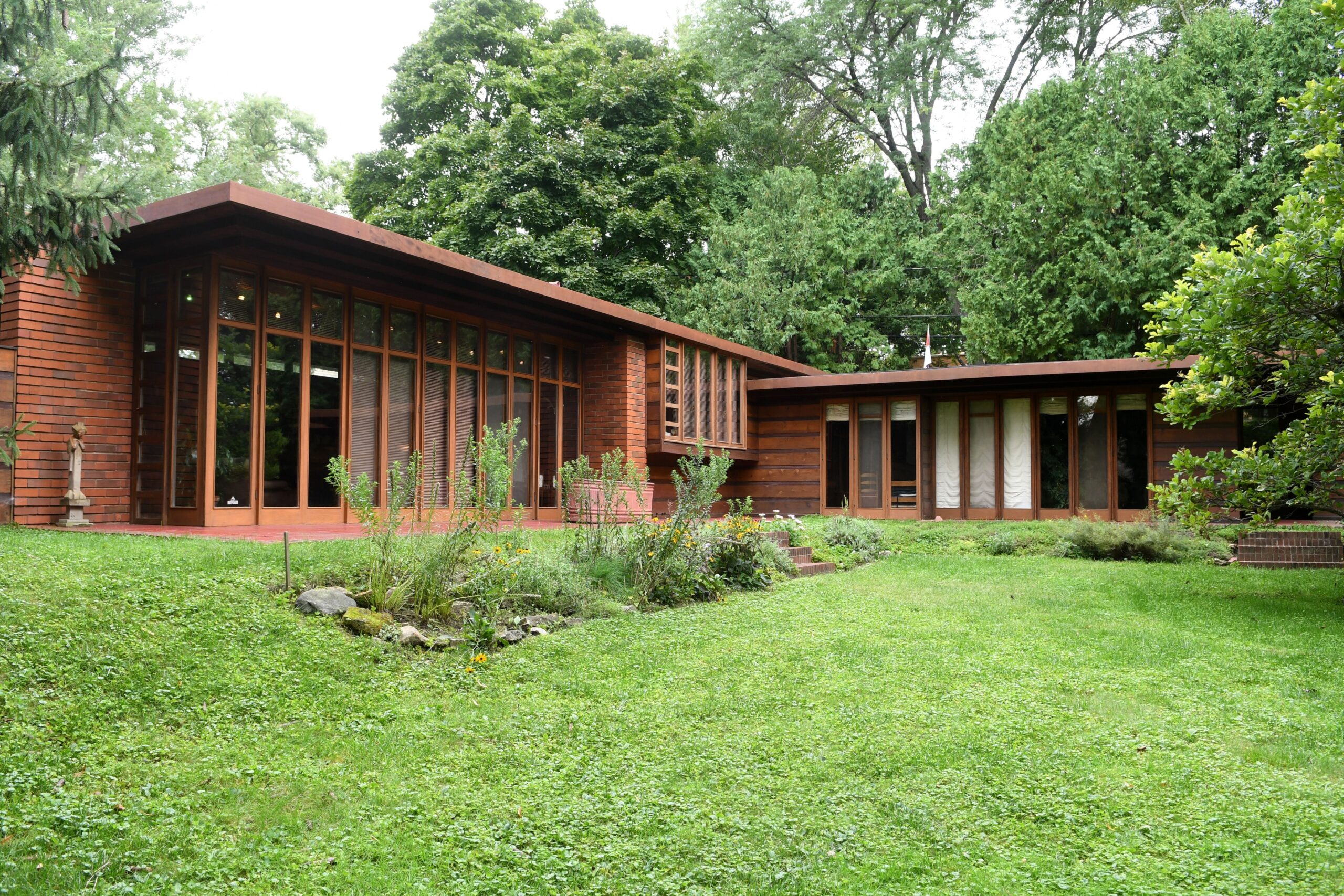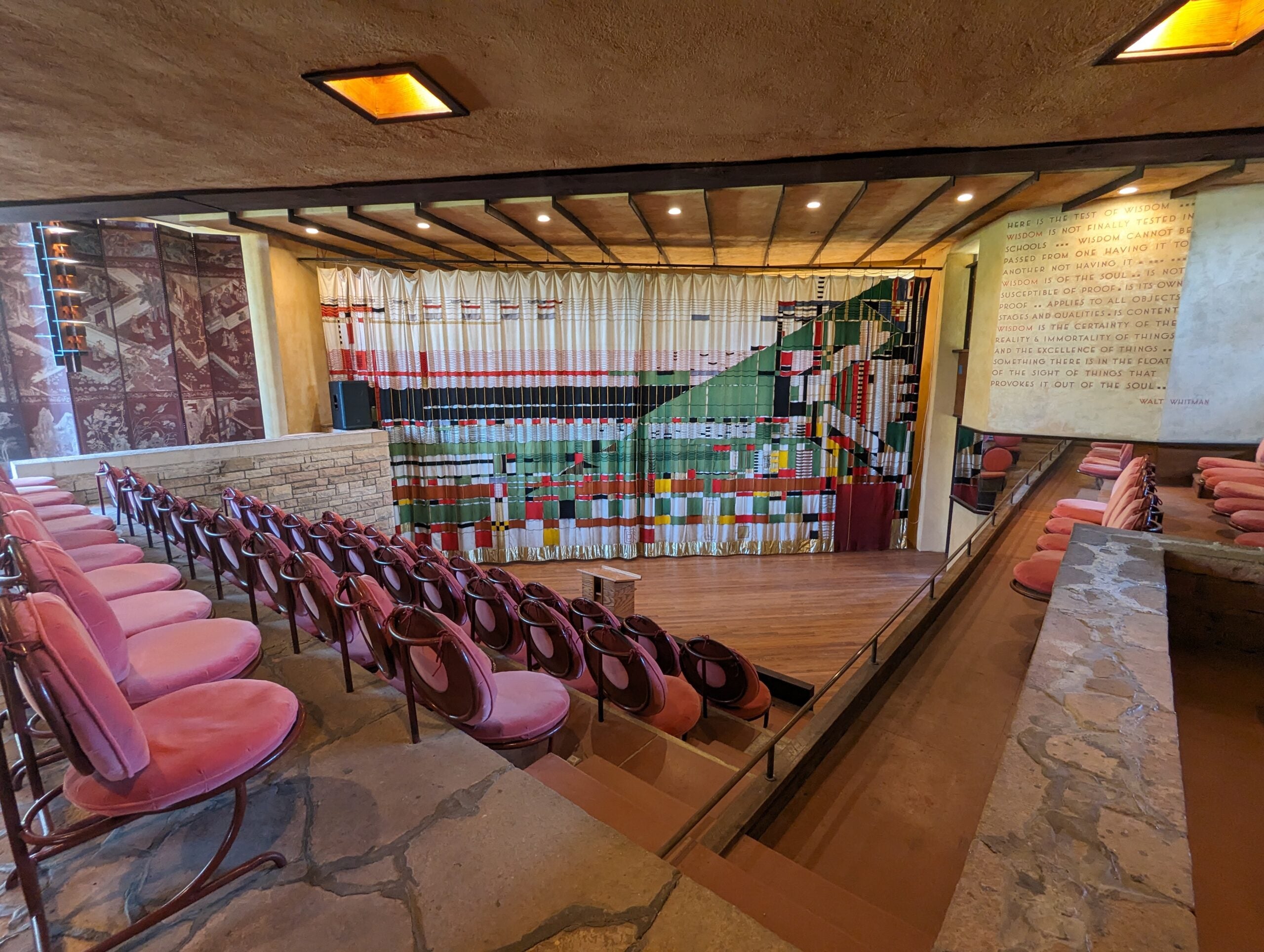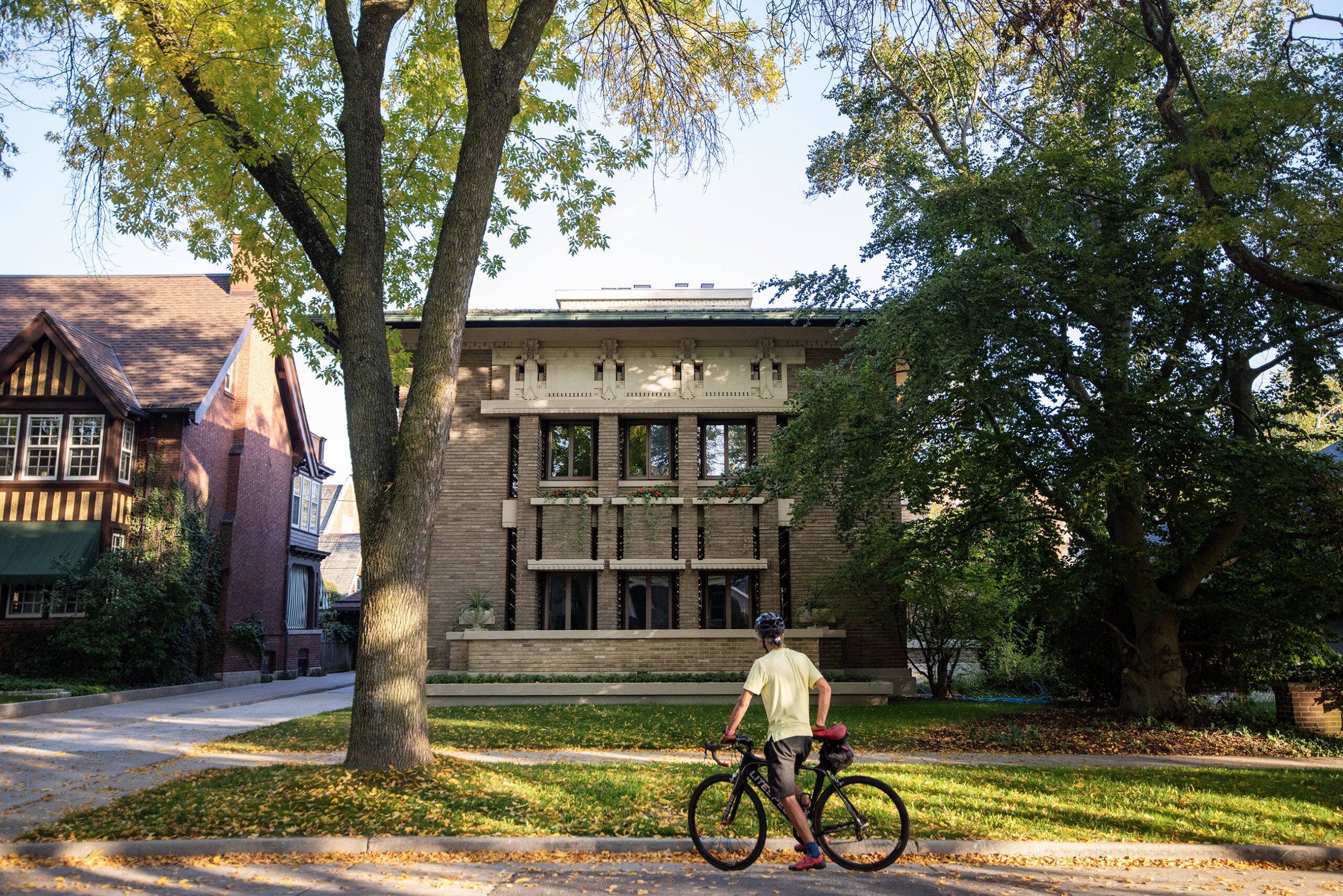Aris Georges never learned directly from Frank Lloyd Wright.
But he did attend and then teach at the Wright-founded School of Architecture. He also worked with and learned from William Wesley Peters, the first official Taliesin apprentice and Wright’s son-in-law.
When the Frank Lloyd Wright Foundation — the organization responsible for protecting Wright’s legacy — put its stamp of approval on build-your-own Frank Lloyd Wright home kits, Georges was surprised. Still, he agreed to design them, he told WPR’s “Wisconsin Today.”
Stay informed on the latest news
Sign up for WPR’s email newsletter.
Georges is an architect, designer and professor at the International Academy of Architecture in Bulgaria. He has a studio in Spring Green.
The build kits, sold by Lindal Cedar Homes, are inspired by Wright’s Usonian homes, a concept the architect came up with in 1936.
Herbert Jacobs, a Wisconsin-based journalist, challenged Wright to design him a house on a $5,000 budget (about $111,000 today). The home, located in Madison, became the first of over 1,000 Usonian homes Wright went on to design.
Georges stressed that although the Lindal Cedar build kits lean on Wright’s influence, they are not Wright homes.
Although the build kits wouldn’t exist without Wright’s original designs, they are not replicas or recreations — they’re new homes, Georges said.
Wright’s Usonian homes were attainable for middle-class people at the time. But with building costs today, Georges said it was impossible to make the Lindal Cedar build kits as affordable as the originals.
The build kits cost about $300,000 without accounting for construction costs, HVAC, plumbing, electricity or interior walls.
But, Georges said, “I think it (the price) is very competitive with site-built custom homes.”
Georges looked at Wright’s designs when he was working on the Lindal Cedar kits. He wanted to keep simplicity, cost and contemporary tastes in mind.
“We looked at designs that were simpler geometries, floor plans that you could imagine living in today with today’s habits,” Georges said. “(For example,) the idea of being able to tuck away. Especially after COVID, everybody is interested in a place at home to work that is not just a reappropriated other space.”
He also tried to find Wright designs that had two stories, which kept costs down. Two-story buildings have a smaller footprint with the same amount of living space as comparable one-story homes.
“Each of them then became (what) I call … a transposition,” he said. “It’s a musical term. It’s when you’re a musician and you can play a piece of music in a different scale or different key. The same harmonic structure exists, but it transposes to the new key.”
That idea of musical transposition is how Georges thinks contemporary architects should view Wright’s work. Change it. Add onto it. The work is not untouchable, Georges said.
Architects working in the 1950s who knew Wright were very reverent of him, to the degree that they didn’t develop their own ideas, Georges said.
But Wright himself was aware of that. Wright knew that it would take the next generation of architects to take his ideas to the next level after he died, Georges said.
Georges said he feels inspired by how much Wright gave future generations to work with. He believes he is one of the architects carrying Wright’s legacy forward.
Wisconsin Public Radio, © Copyright 2024, Board of Regents of the University of Wisconsin System and Wisconsin Educational Communications Board.



